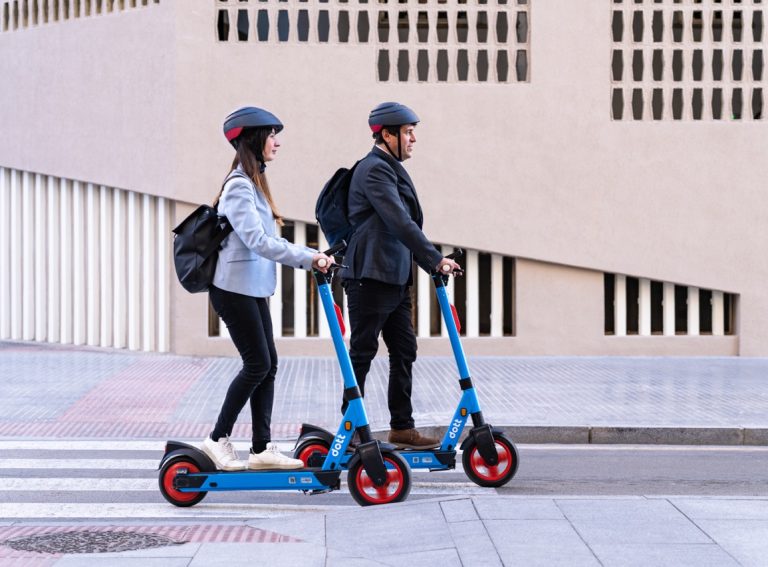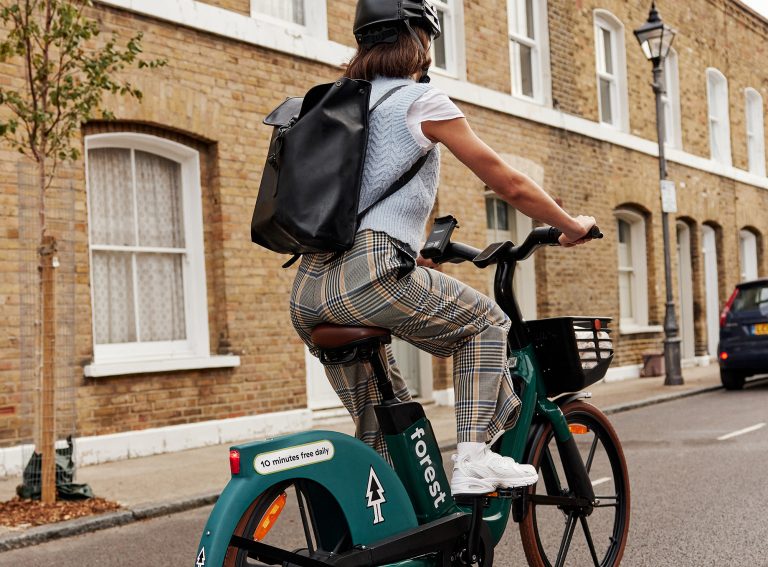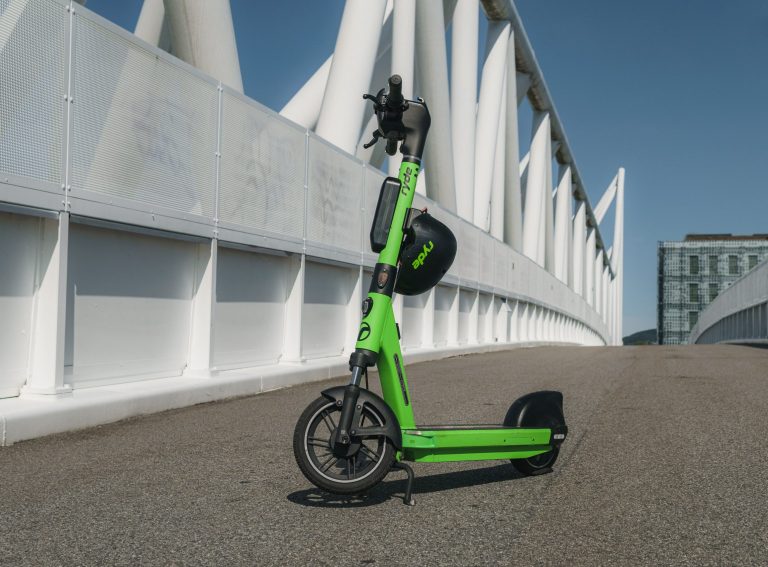Reaching profitability is now the number one goal for most micromobility firms as the market consolidates and the hyper growth phase ends.
Today on a Global Operator Roundtable panel at Micromobility Europe, the CEO’s of Tembici, Swing, Fenix and Dott laid down their strategies on how they aim to generate profits.
Among the rare few to have hit the profitability milestone is South Korean Swing, which has had positive EBITDA since month four and been profitable since year two.
“There was no other choice because the venture capital environment is different in Asia, with fewer sizable equity investment opportunities than in the EU and US,” says Swing CEO San Kim. “This meant we needed to show a profit from the get-go.”
Swing has been able to achieve economies of scale as the regulatory environment in South Korea does not put any restrictions on fleet sizes. Today the firm operates over 100,000 e-scooters.
“If we had to operate only 1,000 or 2,000 vehicles in only one city, we couldn’t make profits,” says Kim.
However, the biggest factor that has contributed to Swing’s profitability gains, according to San, is that the vehicles are carefully handled by the users which helps to extend their lifetime.
“We adopt a three-year lifetime for depreciation, but we see 80% of our scooters are still alive after 36 months. This impact is the biggest factor among all the other reasons.”
Leaner, diversified operations
Fenix, which has a big presence in the Middle East, is on the cusp of reaching profitability having achieved segment level EBITDA for the last three consecutive quarters, with modest levels of positive free cash flow.
“It’s a straightforward process of controlling costs with more productive (and hence leaner) operations, and revenue optimisation, especially around pricing based on user segmentation and use cases,” says Fenix CEO Jaideep Dhanoa.
Besides the shared e-scooter business model, Fenix’s range of services also includes subscription vehicles and B2B delivery services.
Dhanoa says the delivery side of his business is close to breaking even and has “tremendous momentum” in what is a very large and fragmented market. “The B2B delivery use case for LEVs has really exploded in other markets such as India and is now our core focus area,” he says.
Focus on efficiency
Back in Europe, Dott’s CEO Henri Moissinac says the company is generating profits on a city basis and is focused on accelerating its path to profitability.
“We have of course adapted in the past months to reflect this new external environment. This included closing some non-profitable cities, such as our service in Germany and some smaller cities in Italy.”
To keep the operations sustainable, Moissinac says Dott has avoided an ‘expansion-at-all costs’ approach and only operates in cities with a visible route to profitability.
“At Dott we have always been super capital efficient since day one and not raising and spending as much as others.”
Diversified model
In Latin America, Tembici has operated with positive EBITDA since last October and has had gross margins above 50% since its start.
CEO Tomas Martins attributes this result to the company’s diversified business model, which includes income sources from users, sponsors and media, as well as recurring revenue from subscriptions and long-term B2B contracts.
“We have also focused on operational excellence by improving unit economics through control of operating expenses, as exemplified by our write-off rate of about 0.15% per month,” he says.
Clearly there are a number of factors that play a part in an operator’s path to profitability with no obvious one-size-fits-all model.




